Token Standardization was established in 2017. These standards provide a framework within which inventions can be made without impeding interoperability with the rest of the network ecosystem. At the present time, token standards exist that address certain needs and requirements.
These purpose-designed tokens allow more functionality at the cost of security and performance and act as industry pillars shortening the entry of many new ventures. This blog is a complete guide to know more about the token standards.
Let's read out fully.
Why are Token Standards so Popular?
Token standards save developers significant time or money because they need not devise solutions for functions already taken to be standard. They can thus devote their attention to the innovations of the day, and not on rehashing past problems.
Standards are intended to operate in a way that encourages innovation while conserving liquidity, interoperability, and security, and so forth-depending on factors hampered or lost by frantic standard-less competition. This is now more true than ever, with perhaps more standards existing now than at times before.
Top 10 Token Standards for Creating Tokens in 2025
The ten best token standards for 2025 are listed below, ranked by features, usefulness, and adoption patterns. Our experts will guide you to clarify the best token standards in creating a token.
1. ERC-20
- Originally, the ERC-20 token standard was intended for in-house use to facilitate and simplify the asset-creation process of the development team.
- Our team realized that there was a huge demand for a single standard that could be used to create tokens compatible with existing exchanges.Therefore, making the ERC-20 an open standard seemed only appropriate.
- The development of the ERC-20 indeed went on to provide impetus to blockchain adoption and may be cited as one of the driving forces behind the market boom of 2017.
- There are thousands of ERC-20 tokens in circulation. Scores of other projects also follow the ERC-20 standard to ensure they will be able to play with Ethereum DEXs and DeFi.
- The concept of a token standard continues to expand, and Ethereum actually has a tremendous variety of options for developers to consider.
- Going strong, it is also one of the most preferred standards for crowdfunding or DeFi projects.
2. ERC-6551
- The ERC-6551 protocol is increasingly based on the existing ERC-721 token standard to act as a digital wallet for tokens. This scheme implies that the NFTs would be able to trade, store, buy, and sell other tokens through their own interfaces.
- With the whole world present in the NFT arena, the ability for digital assets to hold custody of other assets is a real game-changer and hugely even has the market buzzing.
- EC-6551 is latest on the block; this one is coming into the market in the year and is a joint effort by Manifold and Future Primitive.
- Manifold is an aFNT maker platform. They understood the need in the market when they figured out there was increased demand for gaming NFTs, such as avatars, to have customizable wearables and other features.
3. Algorand Standard Asset (ASA)
- The Algorand blockchain project enables powerful smart contract programmability and defined actions.
- The network uses the Algorand Standard Asset (ASA) protocol to provide consistency across its expanding ecosystem. This standard is capable of producing both fungible and non-fungible assets.
- Algorand is a layer 1 blockchain that allows ASA tokens to represent any on- and off-chain asset. The standard provides full tokenization to the market and has low fees when compared to some of the other networks on our list.
- The ASA standard has various characteristics that make it excellent for business. For example, the Role Based Asset Control (RBAC) feature allows developers to design regulatory-compliant tokens. These tokens may carry constraints on how, when, and to whom they are transferred.
- Furthermore, the network offers complex features such as mediation systems, which can isolate accounts and enforce contracts based on their outcomes. These options make Algorand a viable business choice to investigate.
4. TRC-20
- There are numerous similarities between TRC-20 and ERC-20 token standards, making it quite interoperable across networks. The main distinguishing factor lies in the fact that TRC-20 standards run on the TRON Virtual Machine (TVM).
- The network follows a DPoS blockchain consensus mechanism and thus affords high scalability and programmability to the market.On top of that, Tron developers have had lower gas fee costs in comparison to ERC-20 token developers or users. These attractive lower fees are important mechanisms for the project to attract and onboard new users into the community.
- The TRC-20 token standard also imposes additional requirements not required by ERC. All tokens should include a unique supply, balance functions, approval, allowance, and transfer standards.
- This way Tron developers can create dApps with significantly lesser effort, enjoying compatibility with quite a few ERC-20 platforms.
5. NEP5
- NEO developers very promptly marched into the NEP5 (NEO Enhancement Proposals) standard seeing the success of ERC-20.
- NEO developers have the ability to program in a touring complete environment. This designation means they can perform any actions in the system. Resulting with this fact, the Dapp ecosystem of the network has witnessed an increase.
- Furthermore, NEO offers some attractive features to independent token developers who need to manage varieties of token types at the same time. Therefore, it is extensively adopted by digital identity, tokenization, and multi-layered smart contracts.
- The NEP5 token standard now has a lot of possibilities in the smart economy. For example, the network supports restricted and security tokens. These options need some criteria to be satisfied for the transfer of the asset to take place.
- Also, NEO has a hardworking community that remains the maiden mover in the blockchain market.
6. XRC-20
- XDC Network and XiFin blockchain developers use the XRC-20 token standard to program smart contracts, generate digital assets, and build decentralized platforms. These networks offer ultra low fees, high scalability, and immediate block finality.
- Currently, XRC-20 tokens serve different fields in the market. They are widely used in DeFi and NFT platforms. One very pleasing aspect of the standard is being able to support a very diverse range of assets such as non-fungible and regulated tokens.
- Both networks, The XinFin and XDC, have shown great sustainability compared to earlier networks. They ensure smooth and easy creation of Dapps with their user-interface, plug-and-pay options, and lively community to assist one's creations.
- Most particularly, the use of XRC-20 for token creation gives developers a lot of room, thus popularizing it among financial dApps.
- XRC-20 has found acceptance in the market for regulated tokens in virtue of being compatible with financial communication standards of ISO 20022.
- Such compatibility grants them higher interoperability with legacy systems, thereby further solidifying growing adoption in the market for XDC-20.
7. dGoods
- The dGoods token standard has allowed the network to extend its functioning as it provides reliability. There are unique features for creating tokens, say, with hierarchical naming. This process allows developers to create sub-tokens that are tagged to another NFT.
- Moreover, these sub-tokens may be classified in several different ways to suit the requirements. Furthermore, all dGoods enable the development of dapps that display all relevant information.
- In the graphical format, the information is easy enough for a new user to operate with it. Many templates are there for you to tokenize assets according to the dGoods standard.
- These templates contain metadata and other critical factors which guarantee the safety of your assets' use.
- The dGoods standard started as a possible option for the creation of EOS tokens; however, it now runs on many networks.
8. BRC-20
- BRC-20 tokens operate superficially in the Bitcoin blockchain. These collectibles do not have enormous DeFi ecosystems supporting them, but they do have a strong community of Bitcoiners representing their backs.
- To this date, in creating ordinals, text, images, videos, and the likes of audio messages have all been used. At this point, these collectibles are mostly copying other more well-known NFT projects.
- Most worrisome is that with just over 10 million inscriptions in the market since May of 2023, reports indicate congestion can potentially cause further slowdown in Bitcoin transactions.
9. BRC-721E
- The BRC-721 tokens standard is among some alternatives that created quite a stir. The creation of BRC-721E tokens is quite unlike others, in that a user has to designate an address for the newly created token onto which an ERC-721 token is burnt first.
- This is done through a one-way wallet facility so that once you send it, you cannot withdraw it again-it is permanently destroyed.
- There are two considerations in favor of the BRC-721E protocol; it also gives room for the diversification of NFT collections.
- Bitcoin has earned its respect in its own right; Bitcoin-backed NFTs are reputedly the crème de la crème of collectibles mainly due to the long history synonymous with the network.
- At the same time, now Ethereum users also enjoy being part of the ordinal platforms being birthed.
10. SPL
- The standard of the Solana Program Library can be compared with the ERC-721 and EC-20 standards in a single line.
- This is a protocol by which Solana could create crates using a standardized interface. They specify important things such as creating, managing, transferring, and destroying tokens in the network using this standard.
- SPL is a flexible standard that can use many types of digital assets, from NFTs to security tokens.
- All SPL tokens can use the SPL ecosystem such as wallets, DEXs, and Dapps without restrictions. Therefore, there are more SPL tokens than ever before.
Final thoughts
Thus, you can see that there are numerous routes to standardization from this list. You have standards that operate across multiple blockchains and others that are network-specific and even use-case-specific. All of these classes of alternatives have helped token standardization to emerge as a bright light for those aspiring to help build the decentralized economy.
Plurance is a leading Crypto Token Development Company, offering solutions to create a token with many token standards. If you are looking for token development solutions. You should verify with us to start your business.
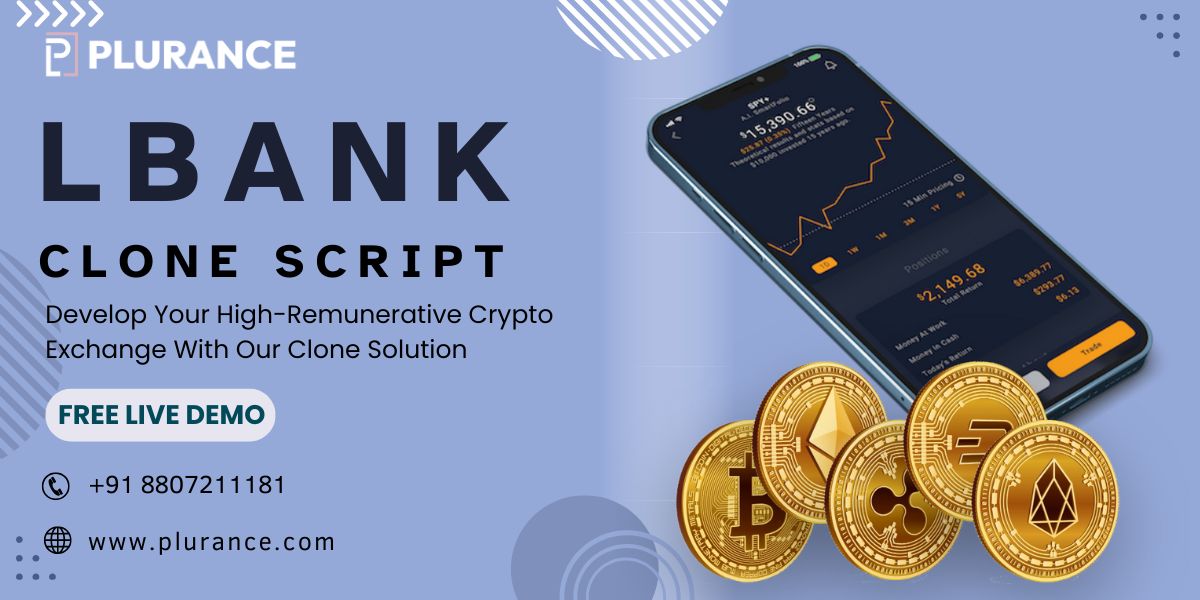


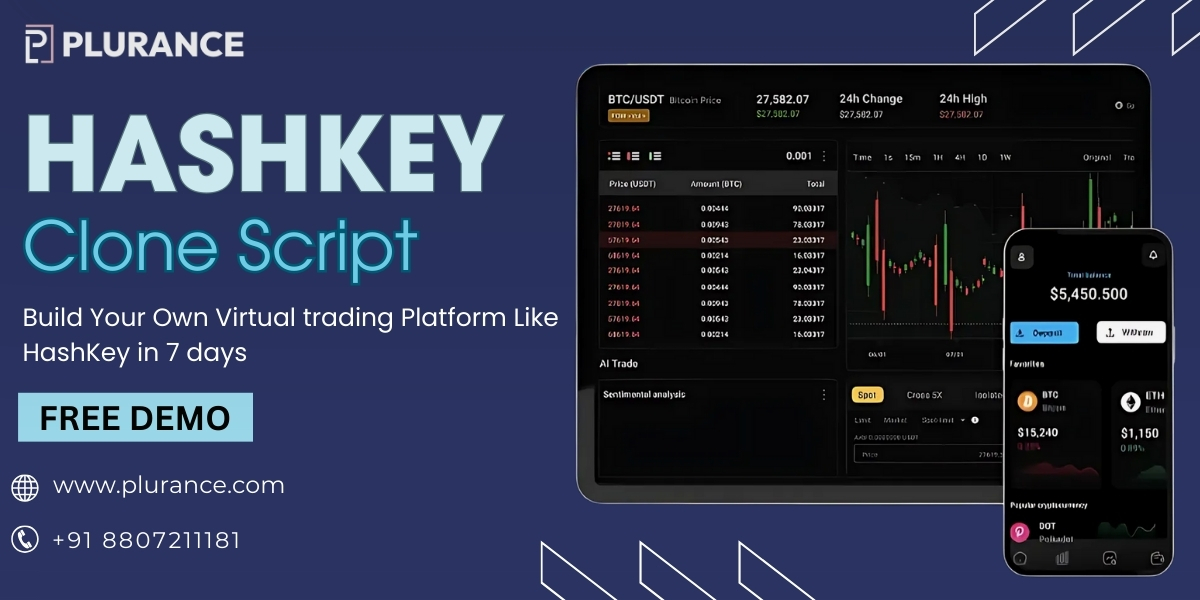











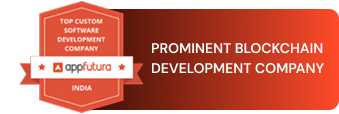
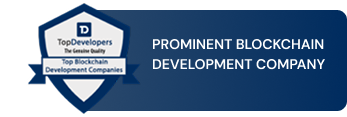

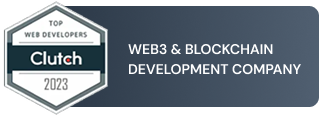

 IND
IND














